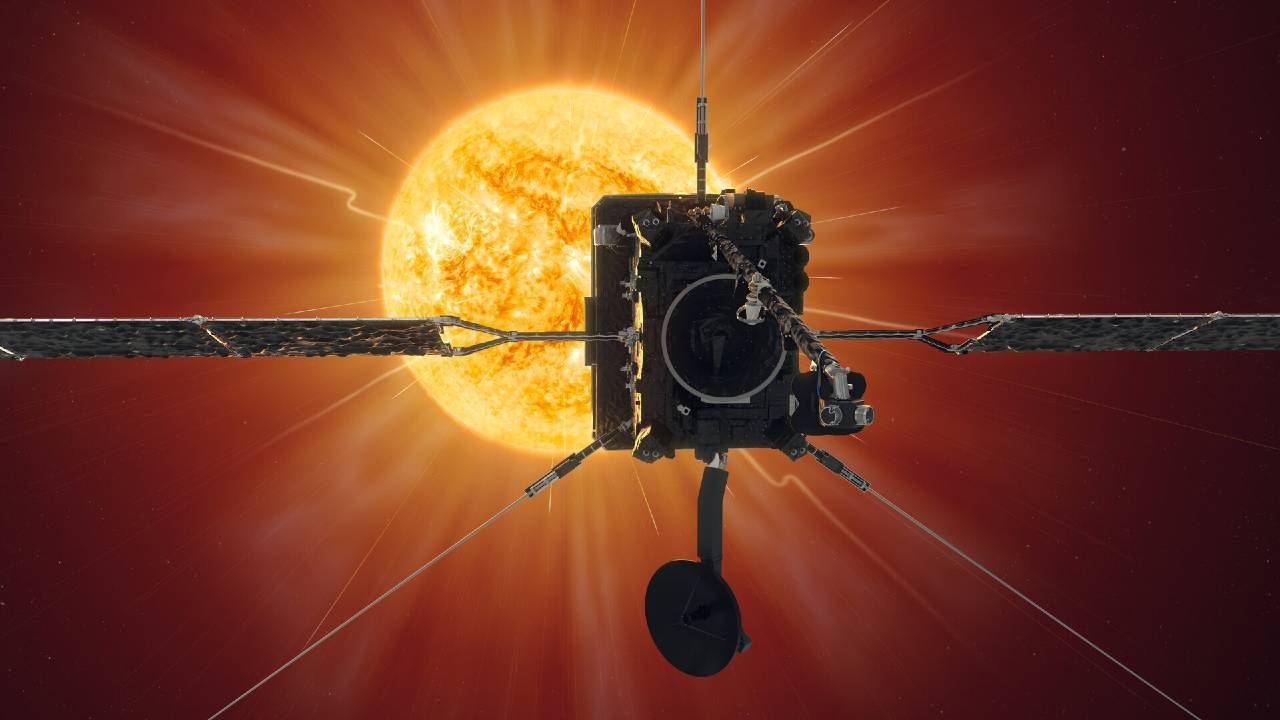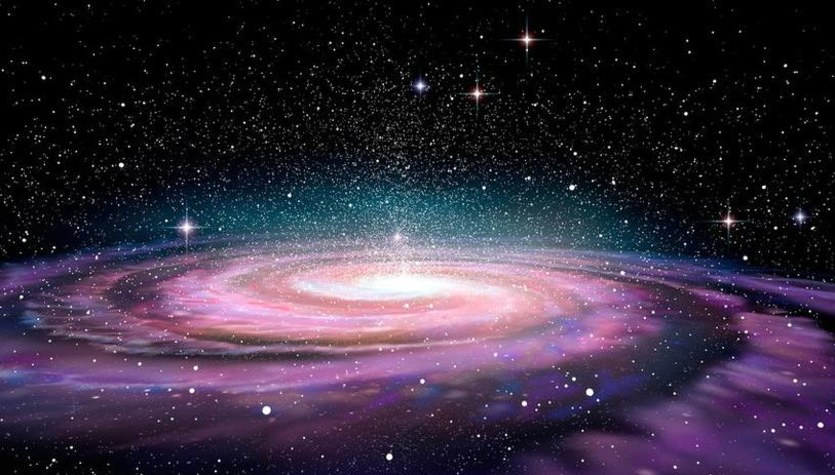Let’s assume for a moment that the situation will change in the coming years, and as part of the Artemis program, man will actually return to the Moon and begin flying there regularly in the following years. Inevitably, after the first few flights, manned lunar missions will become commonplace (like everything these days) and space agencies will start seriously considering the first manned flight to Mars. Even if such a journey eventually takes place, and even if flights to Mars become routine, humanity will once again face a major challenge. All further flights into the solar system, let alone flights outside the solar system, into interstellar space and to other stars, will require a major breakthrough in propulsion. Modern chemical-fueled rockets would not be able to get us out of the solar system in a reasonable time. But until now, no other engine has been invented. But that doesn’t mean no one is trying to do it.
Florian Neukart from the Institute for Advanced Computer Science at Leiden University However, LIACS points out that in theory, this technological leap could be achieved by thermonuclear fusion plasma engines (MFPD, Magnetic Fusion Plasma Engine).
Read also: Spaceships equipped with nuclear propulsion are coming soon. Who will build first?
MFPD is currently only in the conceptual stage. However, from the beginning, researchers have been wondering whether this type of engine would be able to enable humanity to explore space unmanned, and later using humans as well, in space in the future, also outside the solar system. Their advantage is much higher power density and efficiency than conventional motors. This is not surprising, given the fact that they operate by the same process that powers all the stars in the night sky.
In the process of nuclear fusion, the light atomic nuclei of hydrogen atoms (usually deuterium or tritium) are fused together, releasing an enormous amount of energy. Nuclear fusion reactions are used to produce fast-moving, high-energy plasma. The high-speed, controlled plasma blast propels the missile in the opposite direction.
Given that the speed of the ejected plasma is much higher than with conventional engines, spacecraft powered by this engine can achieve higher speeds, lower fuel consumption and greater efficiency. If such an engine can be created, it is very likely that we will finally be able to exit our planetary system within a reasonable amount of time. Moreover, part of the energy produced in the fusion process can be used as a source of electricity to power devices on board the probe or spacecraft.
Read also: NASA is considering using nuclear propulsion on a mission to Mars
The plasma produced in the fusion reaction must be confined and controlled using magnetic fields. This is the only way to control the energy release and the direction of the plasma expulsion. The problem is that so far there is no technology to create an engine capable of achieving and maintaining conditions within itself that would allow it to reach the threshold of nuclear fusion. This does not change the fact that research is underway in many places on Earth into materials that can meet all the requirements of a compact fusion reactor.
In an interview with the portal The universe today Newcart acknowledges that the challenges facing scientists are enormous. On the other hand, the potential benefits of overcoming it are enormous. If we can create an engine powered by thermonuclear fusion, we could redefine the limits of our exploration of space using probes or spacecraft. Suddenly, the nearest exoplanets, such as Proxima b, orbiting the nearest star other than the Sun, will be within our reach.

Echo Richards embodies a personality that is a delightful contradiction: a humble musicaholic who never brags about her expansive knowledge of both classic and contemporary tunes. Infuriatingly modest, one would never know from a mere conversation how deeply entrenched she is in the world of music. This passion seamlessly translates into her problem-solving skills, with Echo often drawing inspiration from melodies and rhythms. A voracious reader, she dives deep into literature, using stories to influence her own hardcore writing. Her spirited advocacy for alcohol isn’t about mere indulgence, but about celebrating life’s poignant moments.









